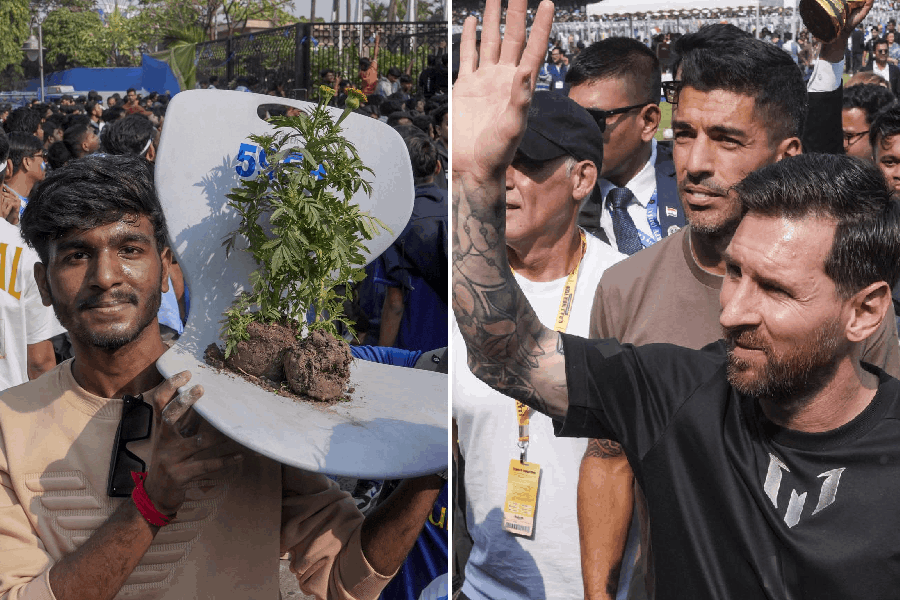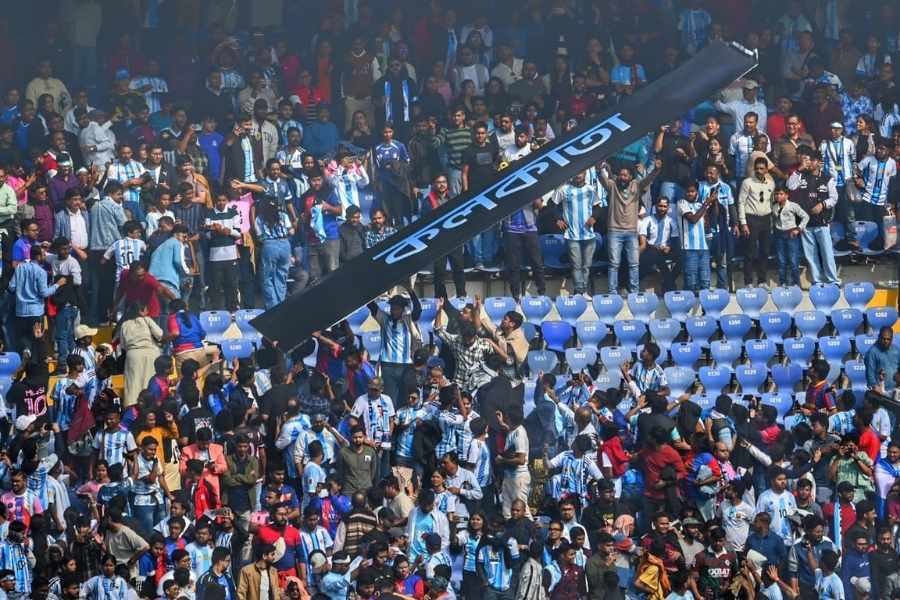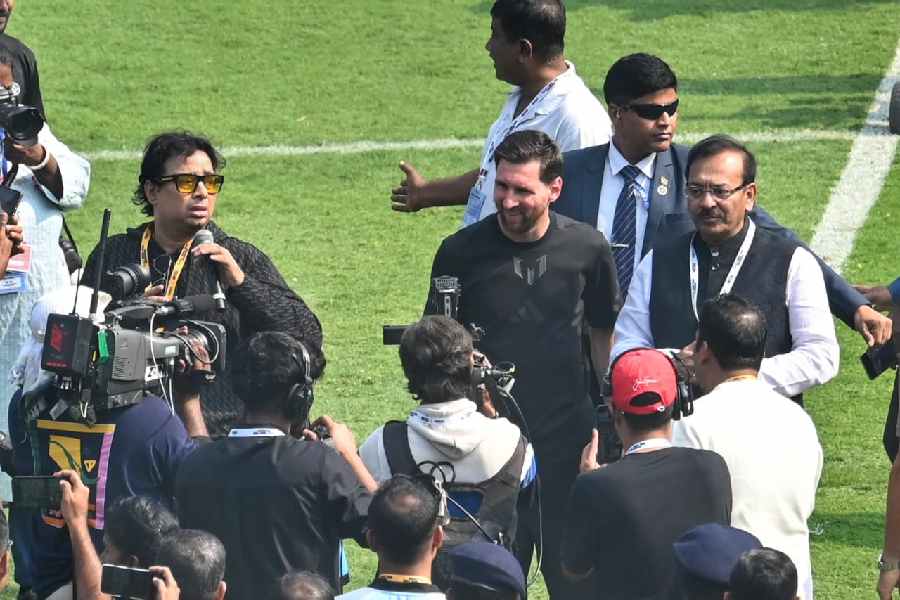Pasighat, Aug. 13: Matmur Jamoh carries his name with pride steeped in history that is over a century old, a pride that is rekindled particularly on certain occasions. Like Independence Day, for instance.
A man by the same name had killed British assistant political officer of the time, Noel Williamson, at Komsing village, while another band of his followers killed one Dr Gregorson at Pangi, both in East Siang district of Arunachal Pradesh, on March 31, 1911.
The village chief of Yagrung, nearly 20km from here, had at last avenged the humiliation he had suffered at the hands of Williamson two years before the twin strikes by the Adi warriors he led.
“He was my great, great grandfather,” Matmur says of the braveheart, removed from each other by three generations.
“I remember him each time the country celebrates Independence Day. He did not like the British supremacy and their interference in the lives of his people,” Matmur says.
Some things rankle, though.
For one, work is yet to begin on the war memorial at Komsing promised by former governor J.J. Singh.
Official recognition has not come either, though Jamoh has etched his name in the hearts of the Arunachalees.
Matmur said the brave warrior had died in obscurity and very few records were available of his last days at Cellular Jail, where he was sent after he surrendered, along with some others a few months later, unable to hide any longer in the face of an intense operation called the Abor Expedition of 1911-12.
Narrating the events leading to the killing of the two Britishers, he said in 1909, Williamson, accompanied by Col D.M. Lumsden and Rev. W.L.B. Jackson, visited Kebang village.
On their return journey to Sadiya, they planned to halt at Kemi-Tolon (currently known as Yagrung). Accordingly, a message was sent to the Yagrung village chief Jamoh to make necessary arrangements.
“He refused to oblige because he disliked the British supremacy and interference of the white man in their free life. Williamson felt insulted and assaulted Jamoh in the presence of the villagers,” his grandson said.
After two years, on March 20, 1911, accompanied by Dr Gregorson (medical officer), Williamson revisited Pasighat en route to Komsing. But at Sissan, most of the porters fell sick, forcing Gregorson to halt while Williamson went ahead to Komsing.
On receiving information, Jamoh gathered young warriors and decided to resist the British expedition team.
They chalked out a plan to teach a lesson to the “arrogant” Britishers. They followed Williamson and Gregorson in two groups at Sisen and Komsing.
On March 31, 1911, the warriors deputed by Jamoh from Kebang, Pangi and Sisen villages attacked Gregorson’s camp at Sisen and killed him, along with his escorts and porters.
At Komsing, another group headed by Jamoh killed Williamson the same day.
“The retaliation was swift and brutal. October 1911 was the toughest time for the great Adi warriors. The Abor Expedition was undertaken by Maj. Gen. Hamilton Bower in order to avenge the killings. Bower attacked Adi habitations looking to punish Jamoh and his friends. His wife Yasi and son Matkep were tortured. Jamoh, who was forced to go into hiding in Yagrung area, had no option but to surrender,” Matmur said.
In 2005, Arunachal education minister Bosiram Siram visited Cellular Jail in the Andamans where political prisoners from the mainland were interned. But the authorities were unable to provide any records about the brave hero.
Siram told The Telegraph today that work on the war memorial would begin soon and the state government was also working on plans to accord recognition to those who gave their lives for the country.
FAMILY TREE
Late Matdung Jamoh
 |
Late Matmur Jamoh (freedom fighter)
Late Matkep Jamoh
Late Matmon Jamoh
Late Matnoying Jamoh
 |










